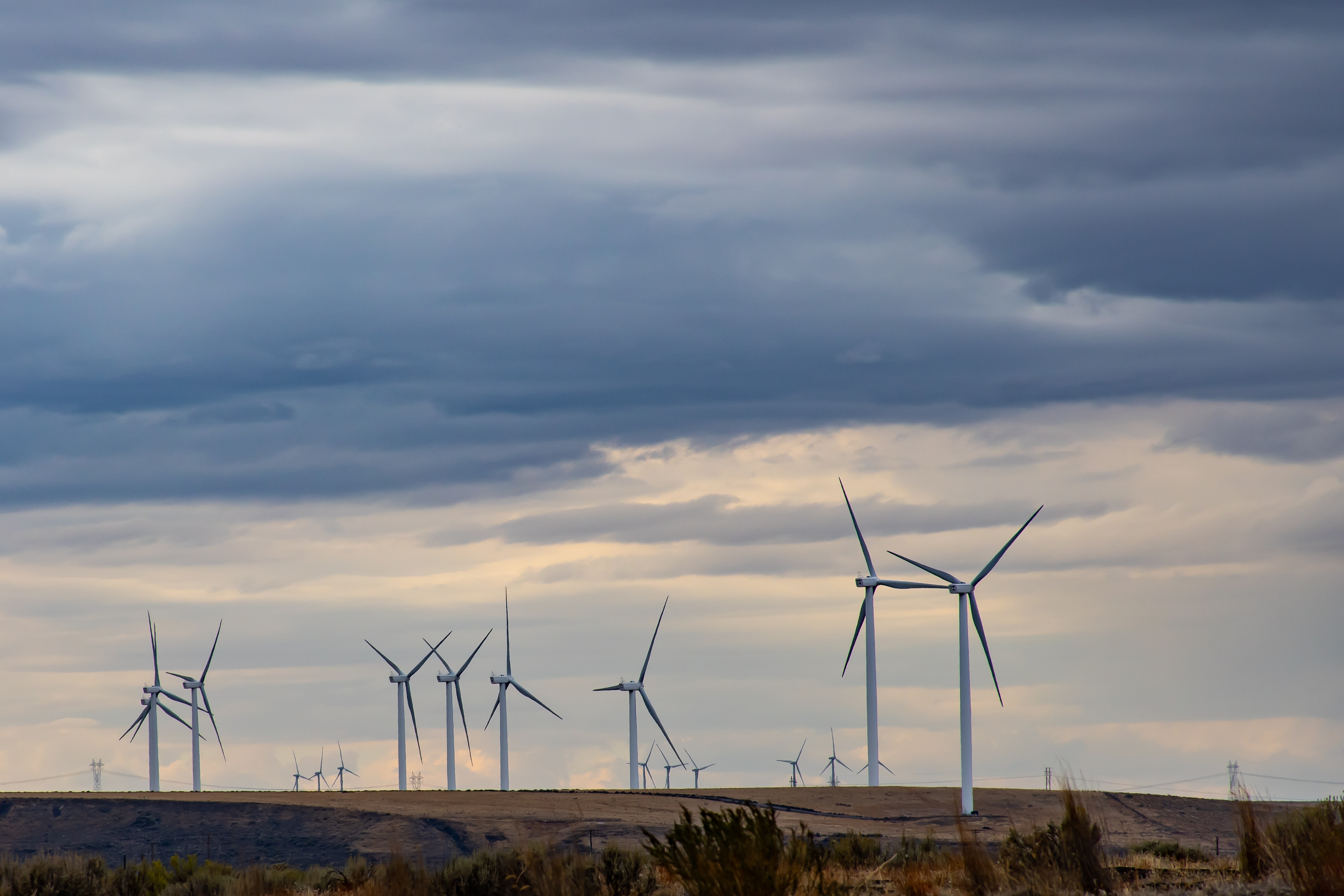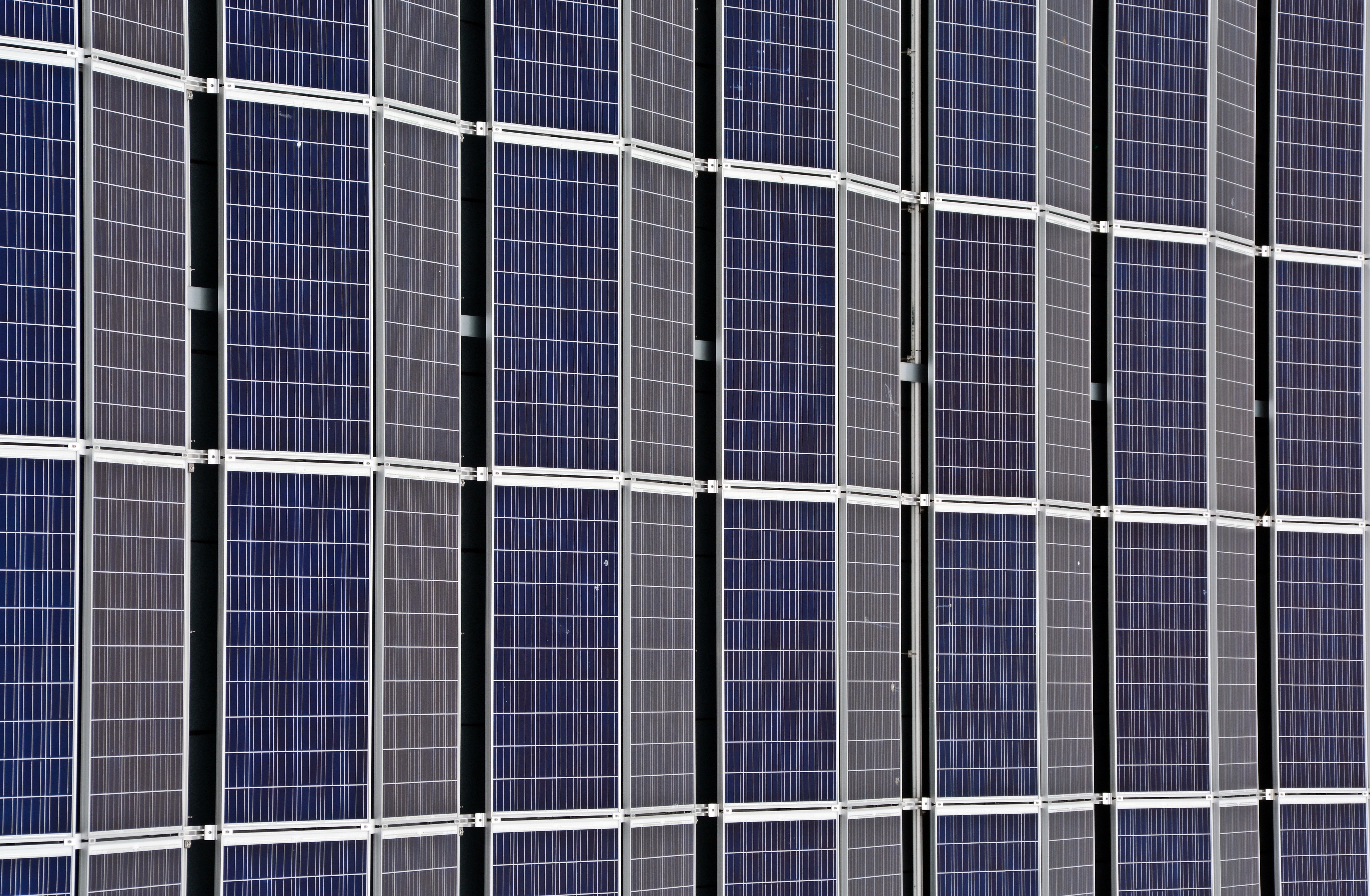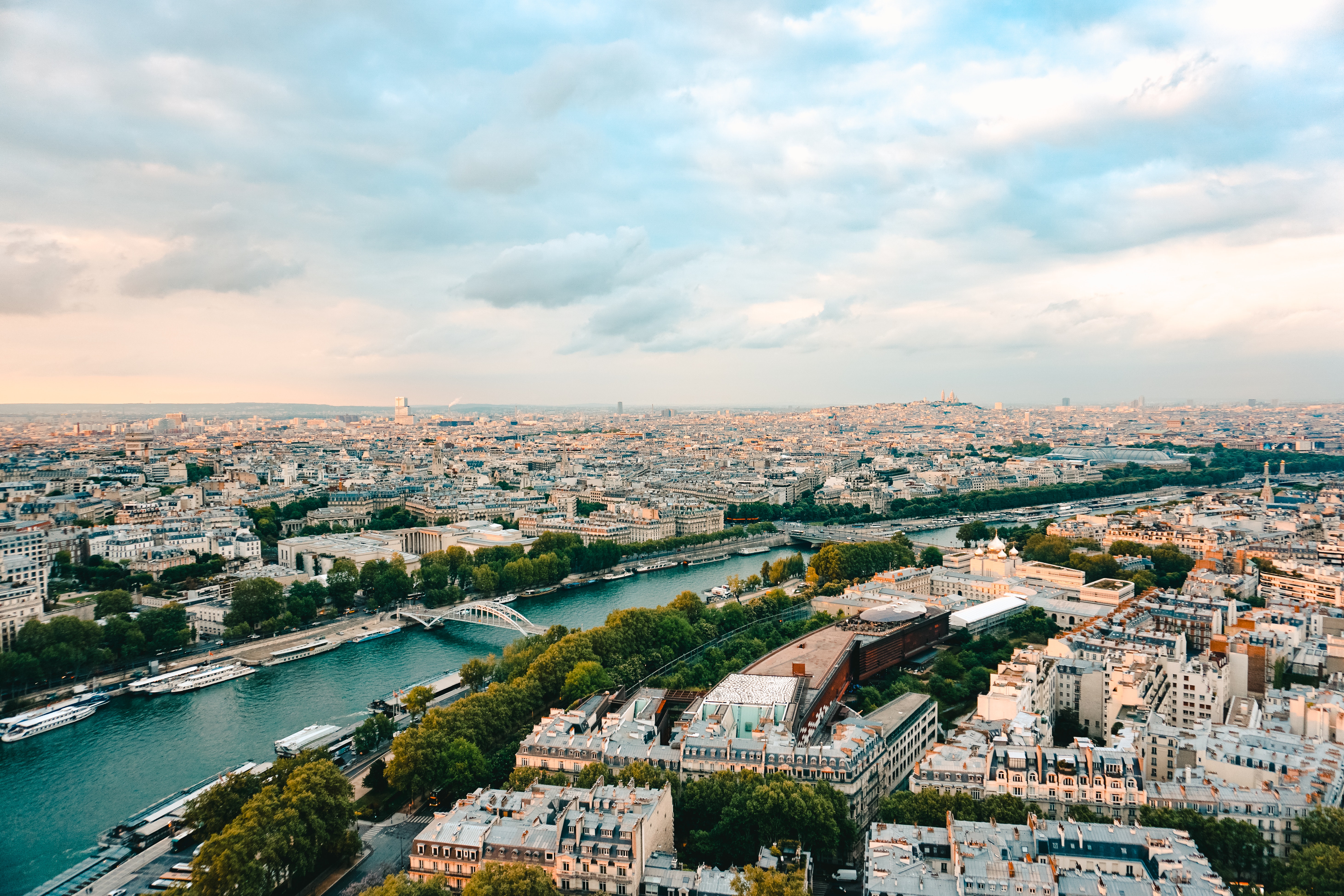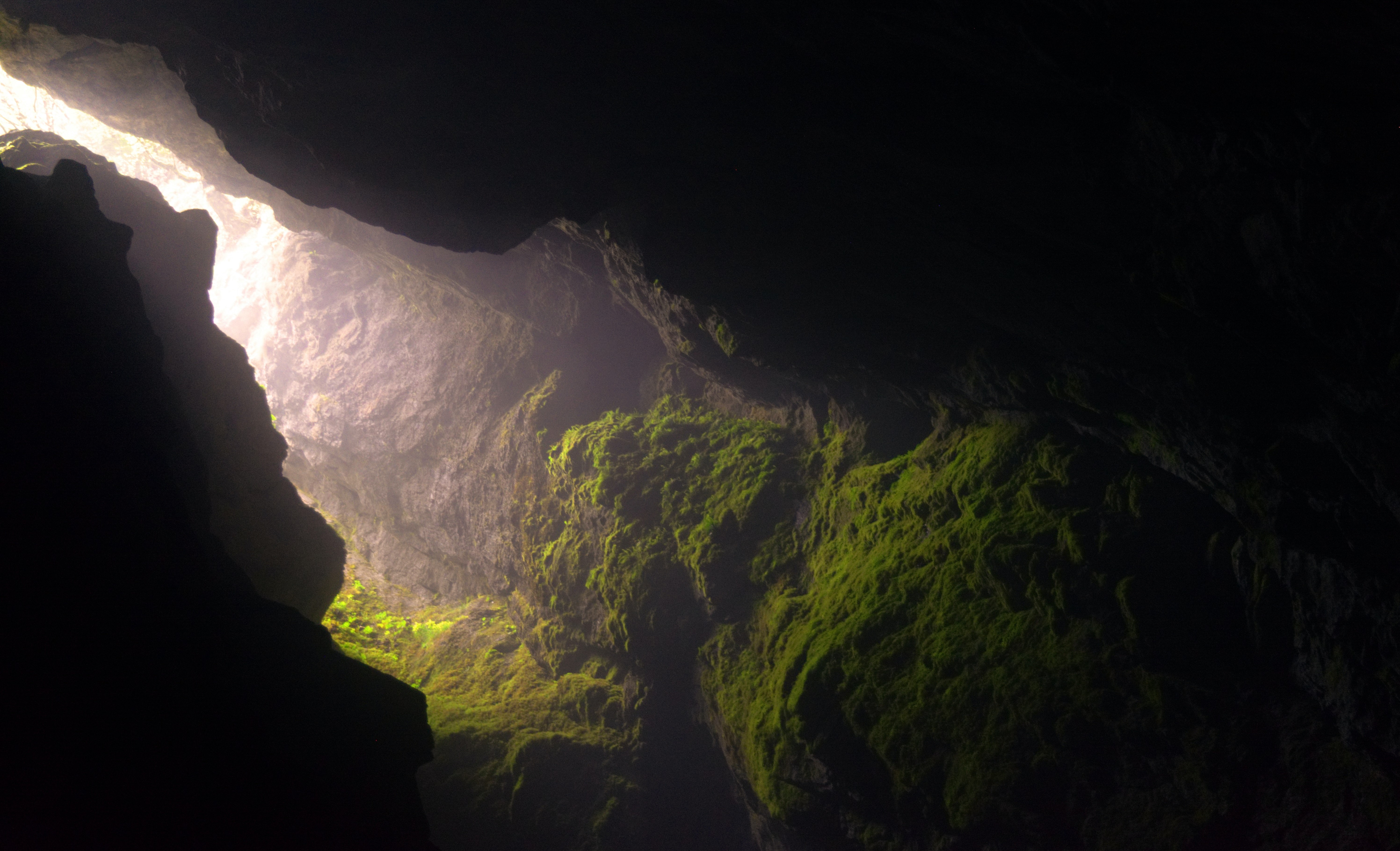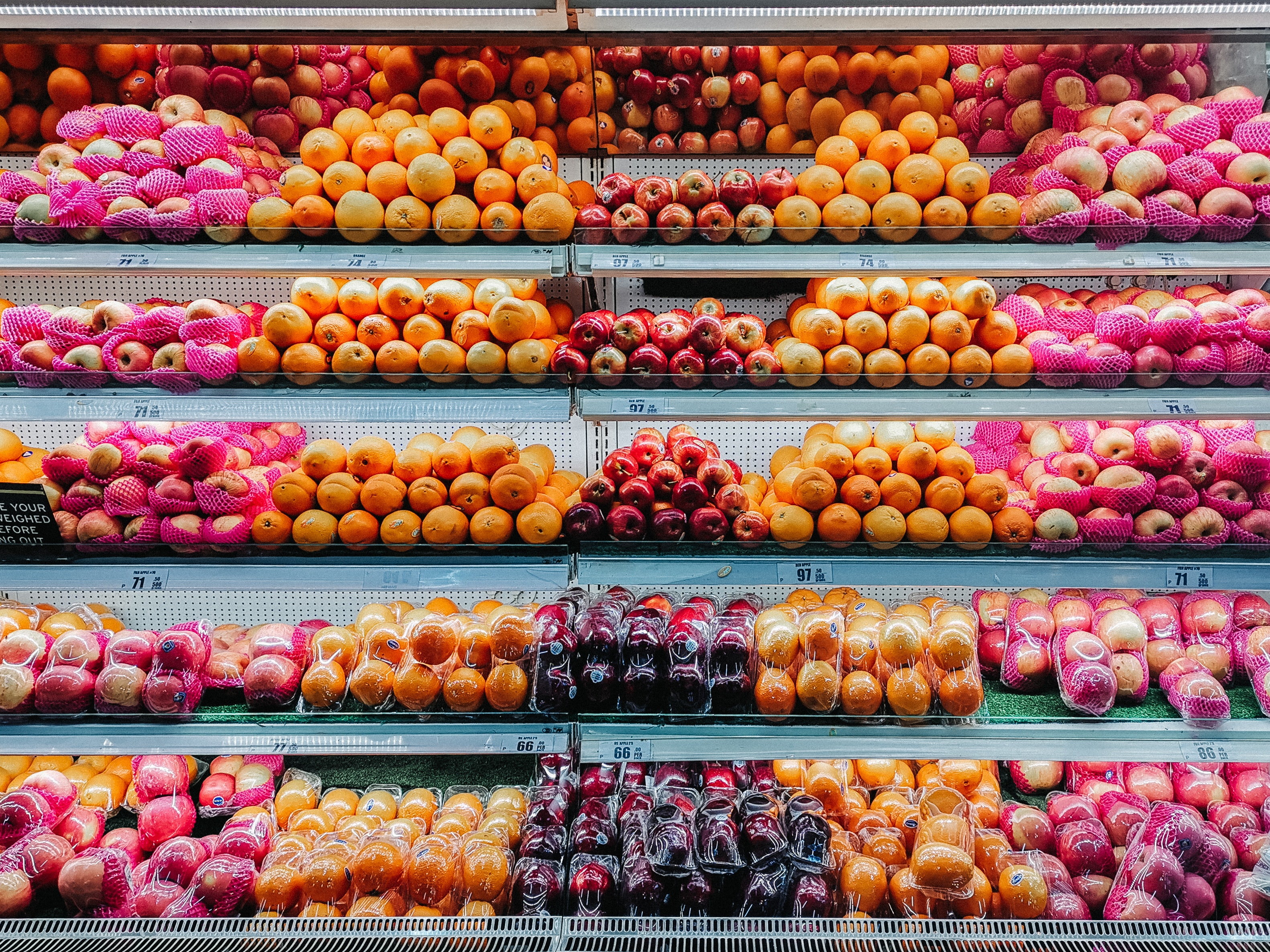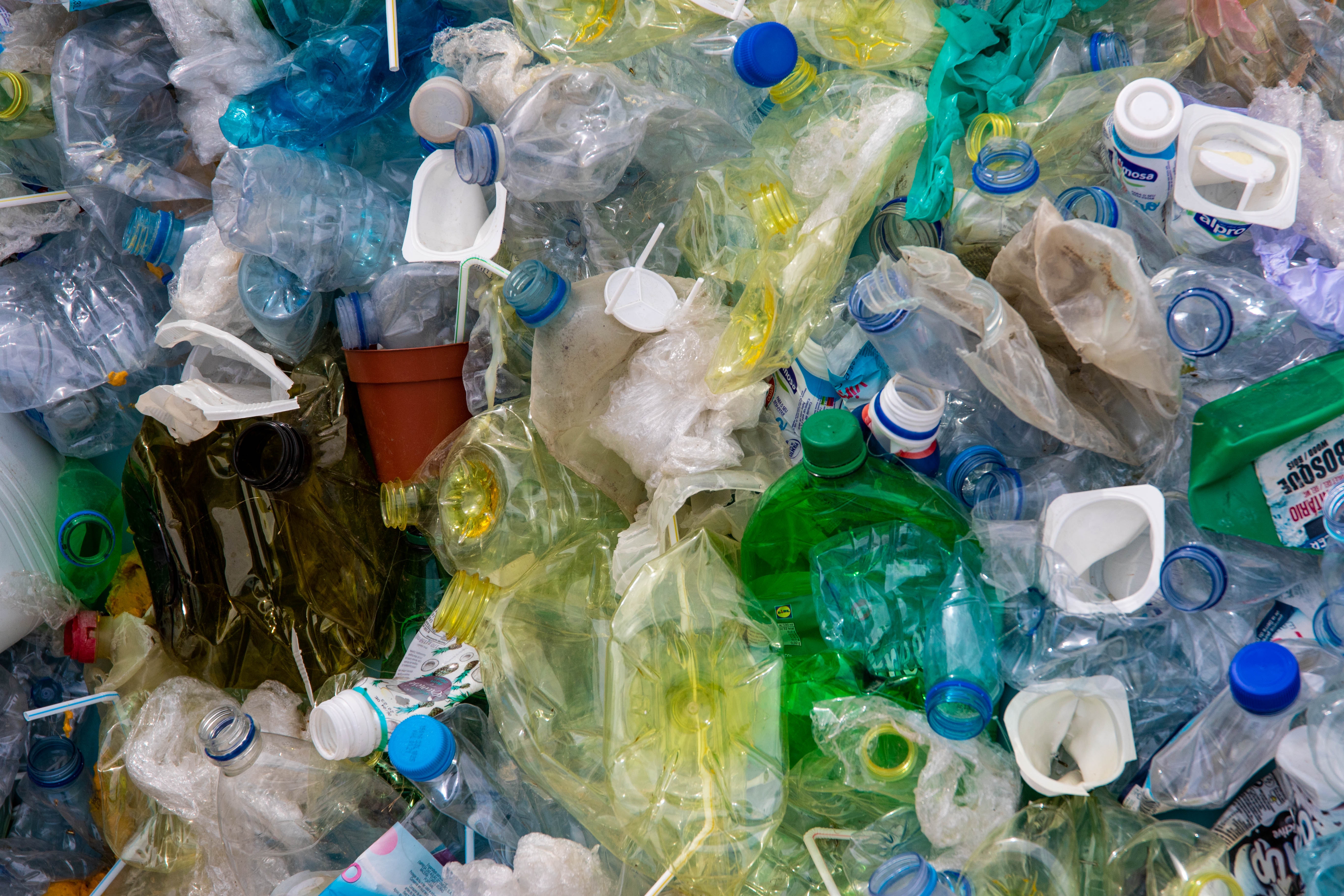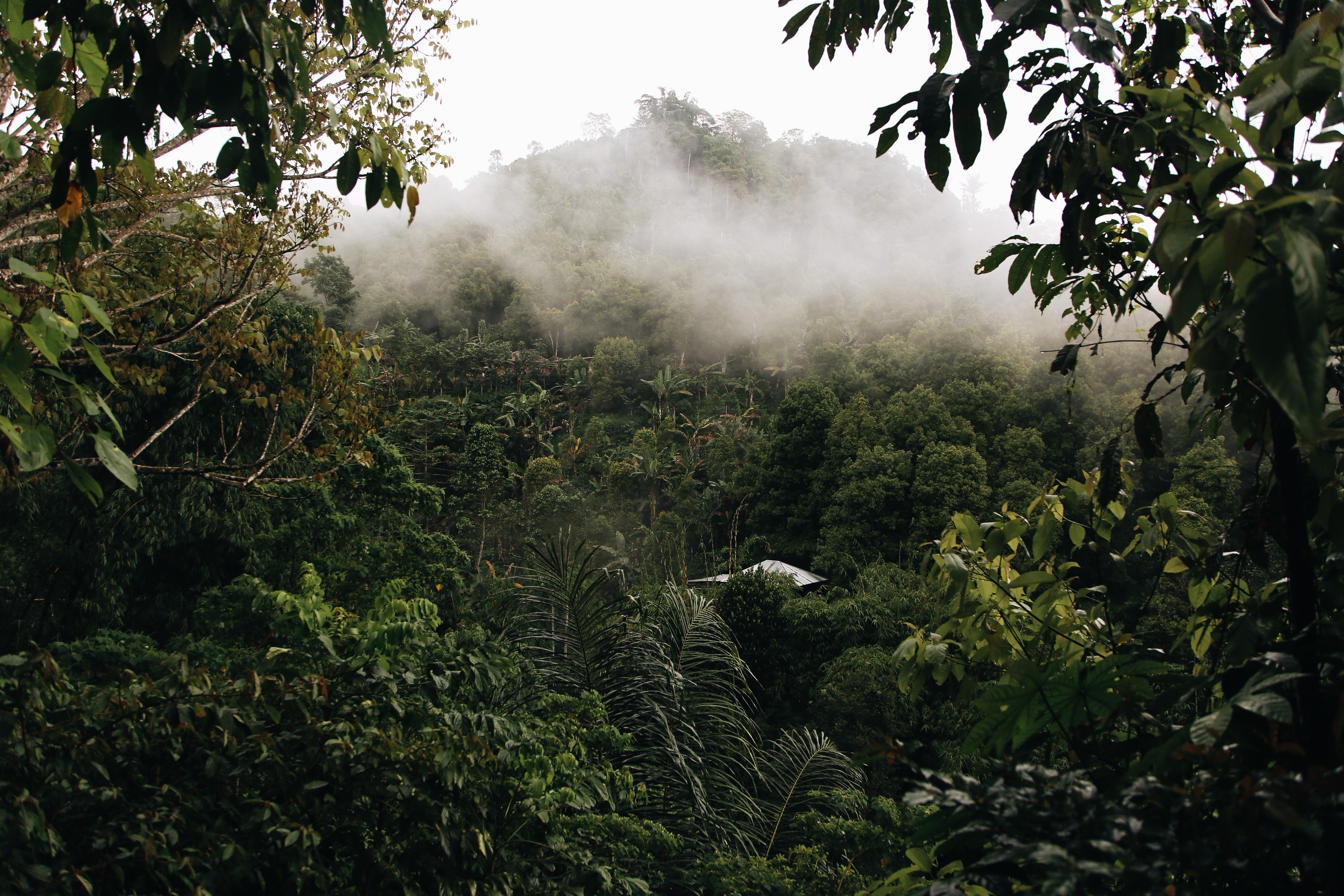Author: Ezekiel Akinsanya ’26

Welcome to the first edition of Good News Friday in 2023! Today we’re taking a look at the “High Seas Treaty”, the latest agreement to come out of the United Nations. The treaty centers on protecting the ocean and marine wildlife.
71% percent of our world is covered in water, with 97% of this water coming from our oceans. Who’s in control of the various oceans around the world has historically been one of the most contested areas within international law. The United Nations Convention on the Law of the Sea (UNCLOS) has established that a nation’s territorial sea extends 12 nautical miles from its coastline, with an additional 200 nautical miles designated as an exclusive economic zone (EEZ). However, this framework only applies to one-third of the world’s oceans. The remaining two-thirds are facing threats such as overfishing, shipping traffic, and the impact of climate change, rendering the majority of the ocean to decline.
Talks on protecting international waters started in 2004, but currently, only 1% of international waters are being protected. Saturday, March 4th 2023 marked the most significant progress we’ve made towards protecting international waters in what is being coined the “High Seas Treaty.” This legal framework presented by UNCLOS will work towards protecting 30% of the world’s oceans by regulating deep-sea mining, changing shipping routes, and investing in marine conservation. This agreement comes as part of a host of efforts to work towards The 2030 Agenda for Sustainable Development (SDG 14).

According to the International Union for Conservation of Nature, 10% of marine species were found to be at risk of extinction, and Dr. Ngoze Oguguah, the chief research officer at the Nigerian Institute for Oceanography and Marine Research claims “the two biggest causes [of extinction] are overfishing and pollution.” It is crucial that we protect these species because over a quarter of our emissions are absorbed by the ocean. A single whale, for instance, can sequester 33 tons of carbon, which is comparable to the yearly absorption of almost 1500 trees.
Additionally, in a post-pandemic environment where the effectiveness of globalization is being questioned, this international cooperation is a massive success. The treaty also pioneers equitable climate policy; wealthy nations are pledging money to ensure the delivery of the treaty and will support developing countries in adhering to the treaty. Notable examples are the EU and the US announcing nearly €820 million ($872 million) and $6 billion respectively for international ocean protection.
However, the treaty doesn’t call for sunshine and roses just yet, the level of protection that will take place remains unsolved. Dr. Simon Walmsley, the marine chief advisor of WWF-UK said that “there was debate, particularly about what a marine protected area is. Is it sustainable use or fully protected?” Despite the progress the Treaty has made, there is still work to be done and we must continue to address these challenges and work toward finding solutions that will protect the marine environment and support life for generations to come.
That’s all for this week! Check back next week (or after spring break) for more encouraging environmental news. If you’d like to share some good news with us, please feel free to get in touch!
Sources:
https://news.un.org/en/story/2023/03/1134157
https://www.noaa.gov/maritime-zones-and-boundaries
https://www.bbc.com/news/science-environment-64839763
https://news.yahoo.com/un-high-seas-treaty-why-030328266.html
https://www.imf.org/en/Publications/fandd/issues/2019/12/natures-solution-to-climate-change-chami
https://www.euronews.com/2023/03/03/eu-and-us-pledge-funds-to-protect-oceans-at-panama-conference


